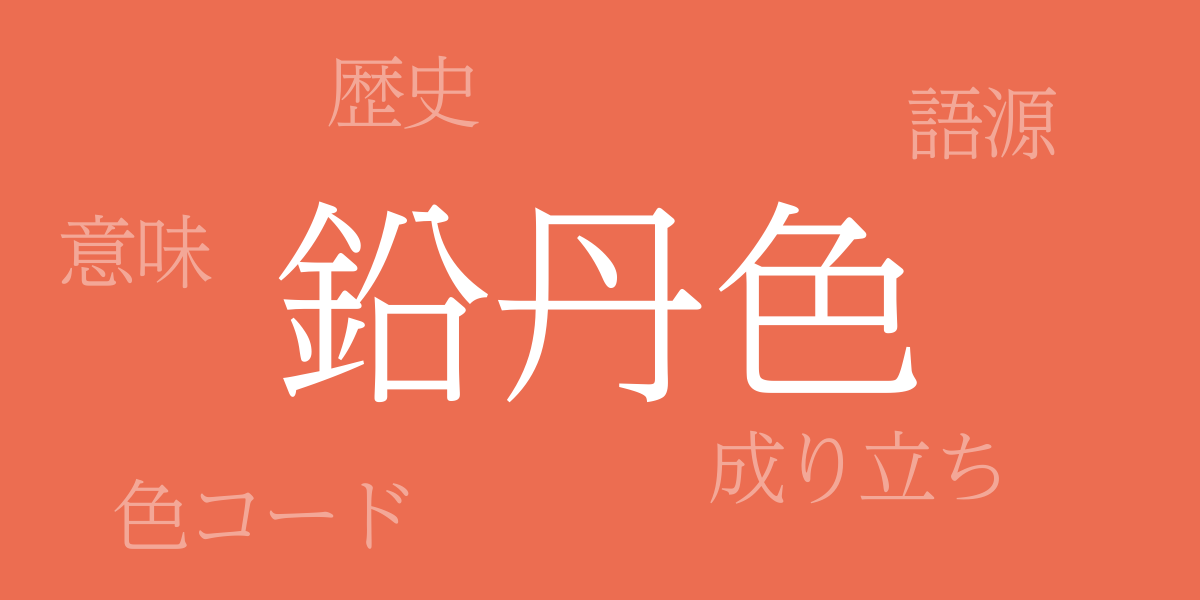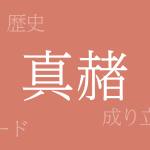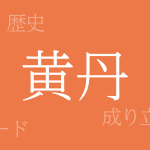Here is the English translation of the article with HTML tags, SEO considerations, and kanji/hiragana in parentheses with only the English readings:
Colors are like mirrors that reflect culture and era. In particular, traditional Japanese colors continue to captivate many people with their delicacy and depth. This time, we focus on “Entan-iro” (鉛丹色, えんたんいろ), which exudes a particularly powerful impression, and explore its allure. From the historical background of this color to its modern-day usage and even its color codes, let’s dive deep into the world of Entan-iro.
About Entan-iro (鉛丹色, えんたんいろ)
Entan-iro is one of the traditional Japanese colors with a vivid reddish-orange hue. The name comes from the pigment “Entan” (鉛丹, えんたん), which has lead as its main component. This color is often seen in Japanese nature and traditional crafts, and has been used to express passion and vitality. Today, it is popular in the fields of fashion and design, and is widely loved for its unique warmth and depth, making it suitable for a wide range of applications.
The History of Entan-iro
The history of Entan-iro dates back to ancient times, with records of its use in Japan as early as the Nara period (710-784). During the Heian period (794-1185), it was used in the clothing and architecture of the nobility, and was also valued as a symbol of power and status. In the Edo period (1603-1868), it spread among the common people and was used in firefighters’ “hanten” (half-coat) and other items. This historical background is the reason why Entan-iro is considered a special color for Japanese people.
Color Codes for Entan-iro
In digital design and web production, color codes are used to accurately reproduce Entan-iro. The following are representative color codes for expressing Entan-iro:
- HEX: #EC6D51
- RGB: R:236 G:109 B:81
- CMYK: C:7 M:71 Y:65 K:0
The Western Name for Entan-iro
In the West, Entan-iro is called “Vermilion.” This name also originates from a lead-based pigment and has been known since ancient Roman times. Vermilion has been used in paintings and decorative objects as a color symbolizing vitality and passion.
Conclusion on Entan-iro
Entan-iro is a particularly eye-catching color among traditional Japanese colors due to its history and beauty. This color, which has been used in various settings since ancient times, is still valued in the world of design and art today. By knowing its color codes and its Western name, Vermilion, why not incorporate Entan-iro into your creative activities? The deep allure of Entan-iro will surely provide you with new inspiration.

























